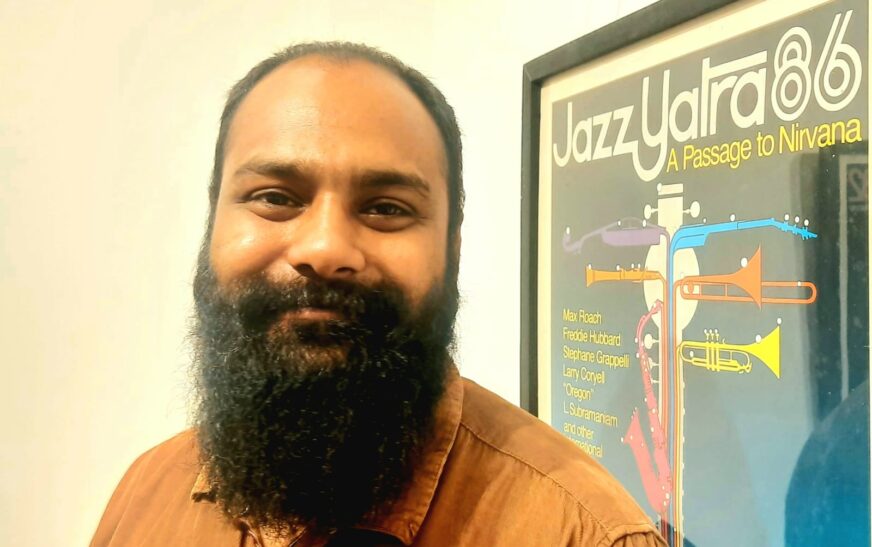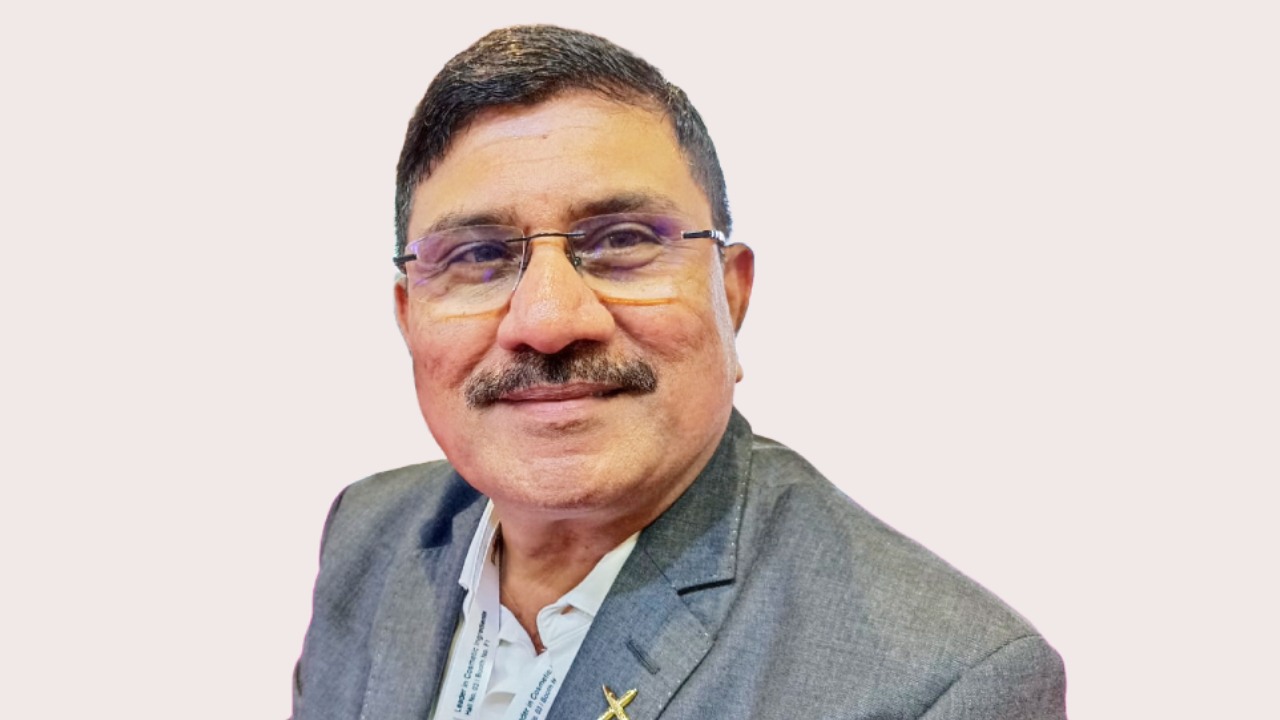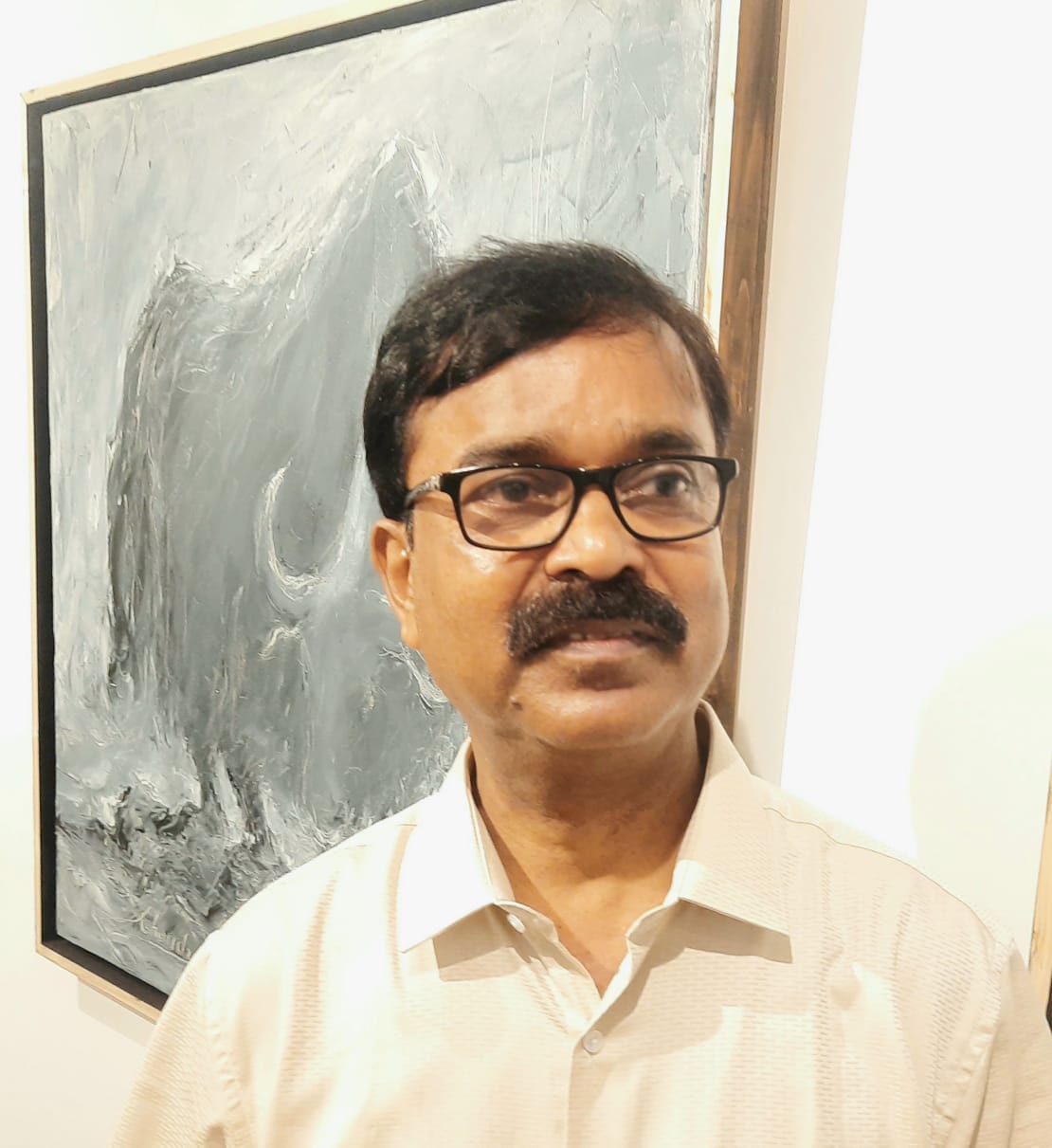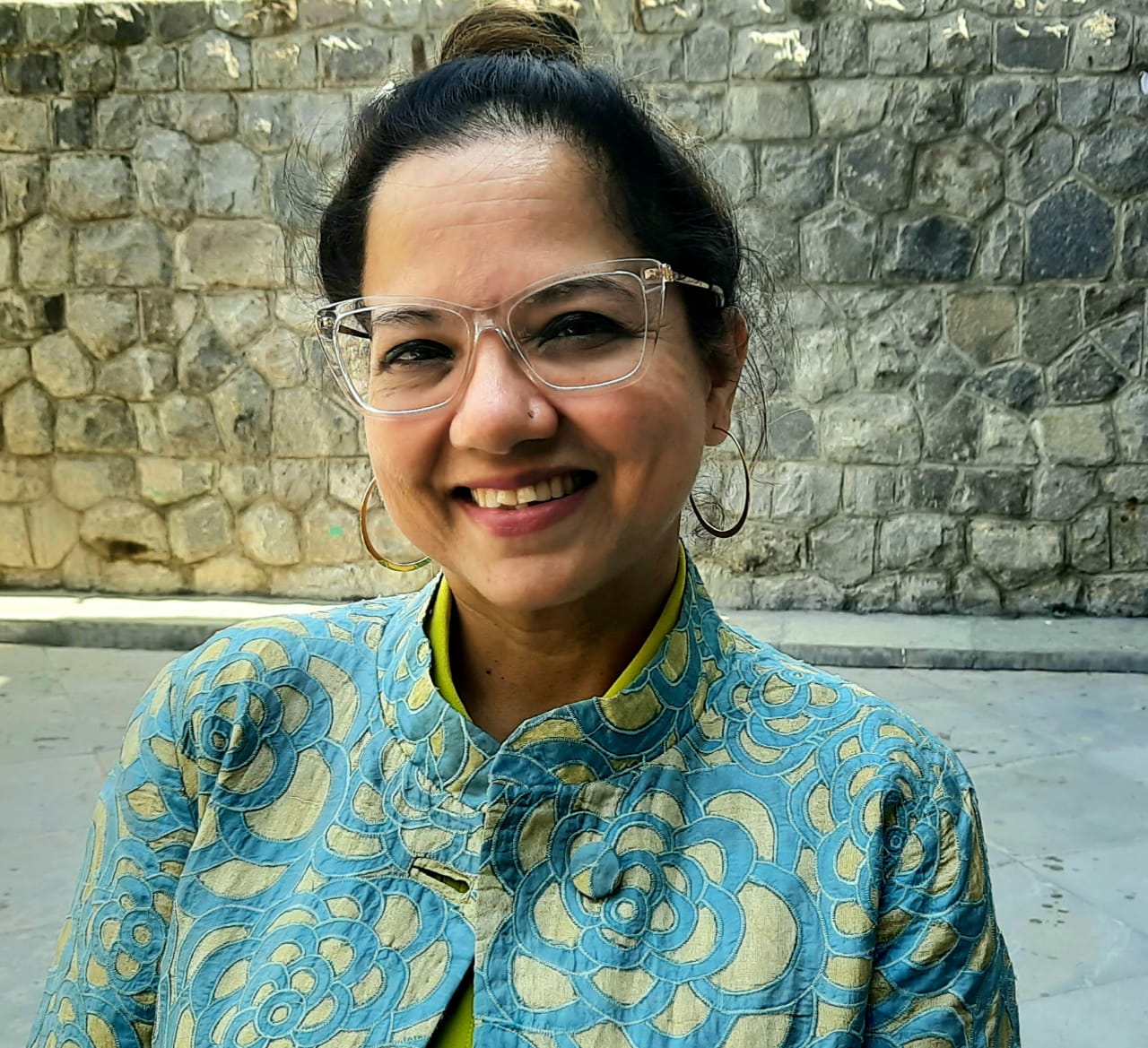The Archives and Research Center for Ethnomusicology (ARCE), part of the American Institute of Indian Studies, offers a rich tapestry of resources for delving into the intricate realms of ethnomusicology, including jazz, and the vibrant performing arts scene in India. Through meticulously curated archival collections, a wealth of library resources, extensive field research conducted by our adept staff, a vibrant array of special events, advanced training programs, online repositories, and fruitful collaborations with esteemed institutions, scholars, communities, and seasoned performing artists both within India and across the globe, ARCE serves as a beacon for enthusiasts and scholars alike.
With a commitment to upholding professional ethical standards and honoring the wishes of artists and collectors, ARCE ensures that access to its treasure trove of collections is facilitated in a manner that aligns with Indian copyright legislation. The dissemination of materials is agile and adaptive, keeping pace with the ever-evolving landscape of technology.
In an exclusive dialogue with The Interview World, Jatin Thakur, Head of the Audio and Video Department at ARCE, sheds light on the nuances of the exhibition centered around jazz. Drawing insightful comparisons between the reception of jazz in India and its global counterparts, he elaborates on the strategies employed by ARCE to foster a deeper appreciation for jazz within the Indian cultural milieu. Thakur also provides valuable insights into the audience’s response, offering a comprehensive overview of the impact of ARCE’s endeavors in promoting jazz in India.
Q: How does this exhibition resonate with the evolution of jazz?
A: This exhibition hinges upon the collaborative efforts of two individuals: Naresh Fernandez and Niranjan Jhaveri. Together, they meticulously curated materials, drawing from the inception of the Jazz in India and the Jazz India Foundation. Notably, the collection includes posters from iconic events such as Jazz Yatra 84, 88, 90, showcasing the evolution of this musical journey.
In addition to posters, they meticulously gathered audio recordings, video footage, and photographs, generously donated by collectors. The essence of jazz in India, predating independence, is vividly portrayed through these artifacts.
Through this open exhibition, we aim to foster connection and understanding. Visitors are invited to immerse themselves in the rich history of jazz in India. Noteworthy is the contribution of artists with Indian roots, both domestic and international.
Louis Armstrong‘s visit in the 1950s stands as a testament to jazz’s global reach, as he collaborated with Indian artists during his time here. Furthermore, the fusion of Ravi Shankar‘s genius with international jazz artists is a highlight, showcasing the transcultural dialogue within the jazz community.
In essence, our exhibition serves as a tribute to the enduring legacy of jazz in India, celebrating its vibrant past and ongoing evolution through collaborative efforts and cultural exchange.
Q: How does the popularity of jazz music in India compare to its popularity in other Western countries?
A: In exploring the realm of Western music within the context of India, we uncover a rich tapestry of artistic expression that intertwines with the cultural and emotional fabric of the nation. Unlike a mere selection of art pieces, each composition becomes a vessel for profound emotion, resonating deeply within the hearts of its listeners. Within this intricate web of musical influence, the Indian populace has often found solace and connection, not solely in the melodies themselves but equally in the lyrical narratives that accompany them.
However, the landscape shifts when we traverse into the realms of jazz, blues, orchestral symphonies, and operatic masterpieces. Here, the emphasis transcends the mere articulation of words; it delves into the very essence of musical expression. It’s a journey where the soul of the music takes center stage, weaving intricate melodies and harmonies that evoke emotions beyond the boundaries of language.
Take jazz, for example—a genre that traces its origins back to the vibrant streets of New Orleans. As it found its way to the shores of India, a fusion of cultures ensued. Collaborations between Western and indigenous artists gave birth to a unique blend of sounds that echoed both tradition and innovation. Yet, beneath the surface, a subtle shift occurred.
Before India’s independence, jazz held court among the colonial elite, its allure intertwined with notions of sophistication and exclusivity. However, with the dawn of independence came a cultural reawakening—a desire to reclaim and redefine artistic identity. Thus, jazz found itself at a crossroads, its audience contracting to a niche enclave of connoisseurs and aficionados who sought not only to consume but also to understand and embody its essence.
Today, as we gaze upon the musical landscape of India, jazz stands as a testament to resilience and adaptation. Despite its limited mainstream appeal compared to the omnipresence of Bollywood, jazz perseveres, carving out its space within the hearts of enthusiasts. Within Bollywood’s diverse repertoire, from rock anthems to classical ballads and pop sensations, jazz remains a subtle undercurrent—a whisper amidst the cacophony of commercialism. Yet, its presence, though understated, serves as a reminder of the enduring power of musical expression to transcend cultural boundaries and evoke the deepest of human emotions.
Q: How is your organization actively promoting jazz within the country?
A: Our organization, ARCE, the Archive and Research Center for Ethnomusicology, transcends the confines of any single genre, embodying a commitment to the expansive realm of Ethnomusicology. We exist not solely for the celebration of jazz but as stewards of a broader musical narrative, weaving together the diverse threads of sound that traverse cultures and continents.
As an integral component of the esteemed American Institute of Indian Studies (AIIS), ARCE stands as a beacon of cultural preservation and exploration. Within the hallowed halls of our archives, a veritable treasure trove awaits, housing a myriad of audio materials that encompass the rich tapestry of musical expression. From the rhythmic beats of regional melodies to the harmonious symphonies of international compositions, and from the soulful strains of Indian ragas to the improvisational brilliance of jazz, our collections are as varied as they are vast.
These invaluable resources are not merely acquired; they are the culmination of tireless dedication and unwavering passion from collectors who have labored tirelessly to capture the essence of music across time and space. From the scratchy recordings of the 1940s to the crisp clarity of modern digital formats, each artifact serves as a portal to a bygone era, allowing us to traverse the annals of musical history.
In our mission to bridge the gap between past and present, ARCE endeavors to not only preserve but also educate and inspire. While jazz may currently take center stage in our endeavors, our vision extends far beyond, encompassing the entire spectrum of musical expression. We are more than just an archive; we are a testament to the enduring power of music to transcend boundaries and unite humanity in harmony.
Q: How would you categorize these music forms?
A: In our rich cultural tapestry, we find diverse musical traditions. For instance, there’s the vibrant tapestry of Rajasthani Folk music, the soulful melodies of Sufi music, compositions from the prestigious Sangeet Kendra editions, and enchanting tunes originating from regions like Kutch and Sindhi. These varied musical expressions, meticulously collected by dedicated enthusiasts and scholars, form a treasure trove of cultural heritage.
Among those who seek to delve deeper into these musical traditions are scholars pursuing their PhDs, particularly in the field of Ethnomusicology. They often turn to us for guidance and support, drawn by the esteemed reputation of our director, Dr. Shubha Chaudhuri. Dr. Chaudhuri has earned widespread recognition for her expertise in this domain, having mentored numerous scholars through their doctoral journeys, offering invaluable assistance with research topics and methodology.
Thus, our role involves facilitating the dissemination of knowledge and preserving these invaluable collections. We collaborate with students and scholars, not by soliciting their work, but by providing a platform where their contributions can be shared and appreciated.
Q: How has the audience response been towards this genre compared to others?
A: Regarding this exhibition, our doors swung open on the 30th of April at the esteemed India Habitat Centre, coinciding beautifully with World Jazz Day. As the curtains draw to a close tomorrow, our journey through this captivating showcase nears its end.
Since our inception, a steady stream of visitors has graced our halls, their curiosity piqued by the allure of jazz. Among them, a diverse ensemble: seasoned enthusiasts, long-standing patrons of Jazz Yatra, their hearts attuned to the rhythms of Indian jazz evolution; and newcomers, such as yourselves, drawn to the cultural symphony resonating within the walls of the IIC.
Every day, we’ve welcomed an average of 40 to 50 souls, each adding their melody to the tapestry of this exhibition. As we reflect on the symphony of these past days, we see the ebb and flow of students, half arriving, half departing, each leaving a piece of their spirit behind in this celebration of jazz.
Q: How do they feel about the concept? Are they excited?
A: Indeed, not everyone present here is from this particular generation. As evidenced by the archival material predominating this space, it’s clear that much of what’s on display harks back to earlier times. Those who grace these halls already possess a familiarity with the exhibits and the narratives they unfurl. Their footsteps echo with the resonance of nostalgia, for this exhibition has graced our presence before. Their return signifies not mere excitement, but a profound longing to reconnect with bygone eras. Passion, not mere enthusiasm, propels their steps. It is a select few, driven by an unwavering devotion, who find themselves drawn to these hallowed halls.
Q: How have women contributed to the evolution and enrichment of jazz music throughout its history? Can you name a few?
A: In our collection, we proudly showcase the pioneering artists who laid the foundation for jazz in India. Among them are Asha Puthli, Pam Crane, and Lucila Pacheco. These remarkable women initiated the jazz movement in our country with their exceptional work.
Furthermore, you’ll find their captivating material available for exploration at our interactive kiosk. This immersive experience is packed with a wealth of data, including audio and video samples of their performances.
Moreover, we feature other trailblazing figures like Ursula Fernandez and Yvonne González, whose contributions to jazz are equally noteworthy.
However, when it comes to the current state of affairs in the jazz scene, I am not sure about the dynamics.










2 Comments
I think that is among the most vital info for me. And i’m satisfied studying your article. But should statement on some general issues, The website taste is great, the articles is really excellent : D. Just right activity, cheers
Hi there, I discovered your site by the use of Google while searching for a comparable subject, your web site came up, it appears to be like great. I have bookmarked it in my google bookmarks.
Comments are closed.